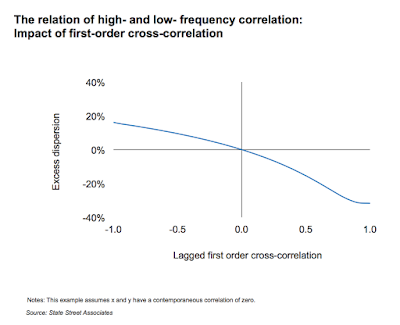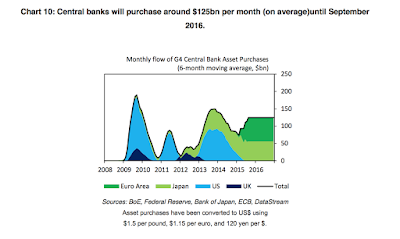Hedge funds are more than just simple investment firms trying to generate positive returns. They are more than just the result of simple model output or the musing of a portfolio manager. The best hedge funds are "systems". Hedge funds are no different than a factory processing plant which is a production system. The outputs from the system are ultimately returns and the raw input is information. The investment management of the fund is the processing of the inputs to ensure alpha generation that is repeatable with a high level of quality control. To conduct good due diligence requires understanding the hedge fund system from raw inputs to the delivery of the output.
Different managers have different quality control and different investment processes. They offer different product lines and they show different combinations of alpha and beta. The purpose of due diligence is to understand the factory, get inside the plant, and determine whether the complete process is repeatable and adaptable. You cannot tell the quality of the factory process by just looking at the output. You will never know if you just got lucky with the output or if there is actual skill. You also want to determine whether the hedge fund is a skilled artisan who has skills that may not be easily taught or whether the factory is scalable because the process is repeatable through computer models.
The focus on system design is distinct and a different way of thinking about the investment process. Yes, there are investment artisans which we admire, but they may not be able to handle scale, multiple accounts, and a changing business environment. The process may not be broken down into a system. A true investment system is self-repairing and adaptable.
Thinking through the system approach starts with the function and purpose of the hedge fund firm. The easy response is that the purpose is to generate returns, but a system analysis has to look deeper at the elements that allow the process to work and the feedback loop for how the system will adjust. This requires a review of how the parts of the investment process are interconnected or how return analysis is fed back into the research process. We learn about the purpose of the fund through its behavior and not its words.
Taking this factory or engineering approach to the hedge fund system means walking through all of the parts of the process that are necessary for success. If the manager is a quant, a review of data processing is required. If it a value investor, the quality of meetings with management may be more important. Form follows purpose and behavior. This is more than just looking at performance.






































